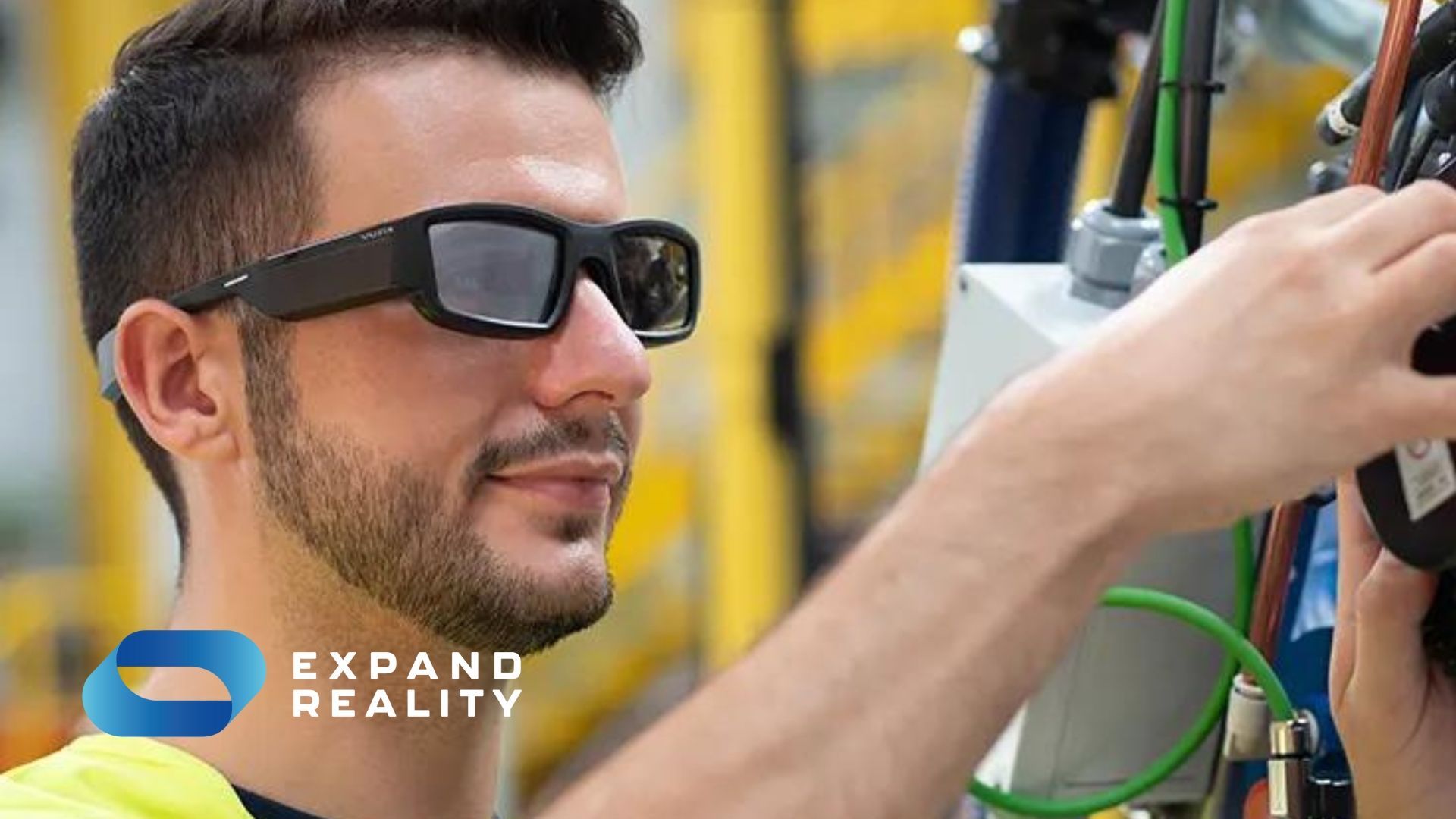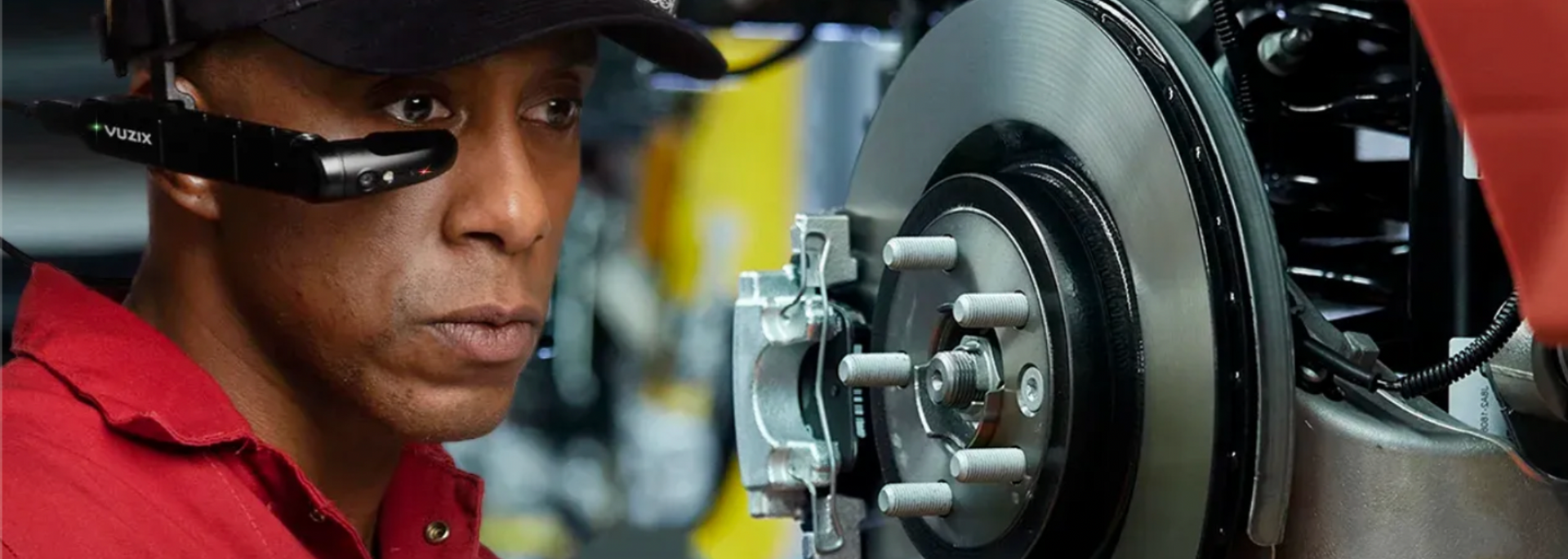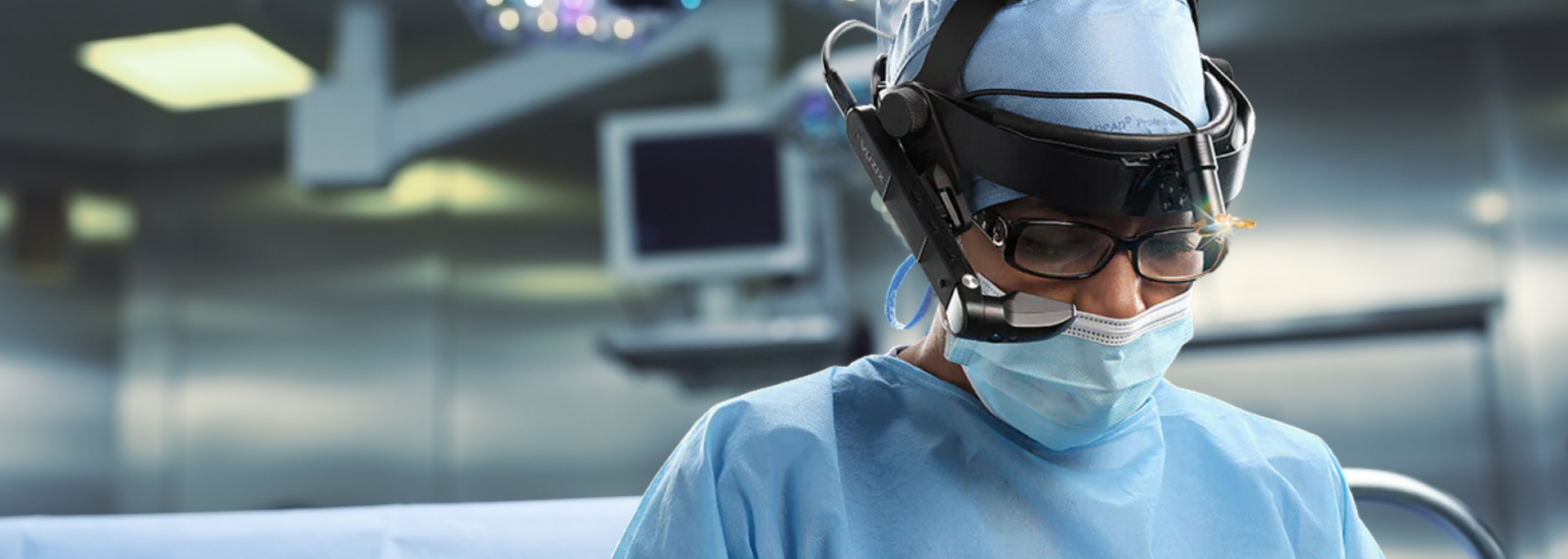hello@simplyvideo.io
Extended reality's role in quality assurance
XR has huge potential for quality assurance. Whether you're in manufacturing or healthcare, discover a few ways that XR is changing the game.

The role of extended reality (XR) in equipment maintenance, healthcare and entertainment is well documented.
But what about quality assurance? Can QA professionals improve and accelerate their work using devices like augmented reality headsets and assisted reality smart glasses?
The short answer? Yes. The long answer? Read on.
Pre-production
Dress rehearsals are a rare occurrence in industries such as construction and design. It's often the case that projects are time-sensitive and, as deadlines approach, delivering on targets leaves very little room for error.
Whether you're project-managing a large construction job or you're part of a small team designing and fitting bespoke furniture, the pre-production phase is essential to fulfilling any client's brief.
Many design ideas are made blind, meaning they're ideated off-site. This leaves assembly and construction teams vulnerable to unforeseen obstacles and challenges that can stem from the build environment.
Bottlenecks in production increase the chances of mistakes while shortening the window available for quality checks. That's why decisions in the design phase are so critical.
It's no surprise that XR adoption is so widespread in these fields. XR empowers manufacturers with the tools to nail their targets and set new benchmarks for production.
Imagine a world where you could simulate a difficult conversation with someone to determine how they would respond – wouldn't that simplify things? Well, that's precisely the kind of advantage offered by XR. (But for industry, not your personal life.)
By giving designers a virtual sandbox, XR:
- Aids in the design process by enabling designers to interact and walk through their CAD project
- Helps spot miscalculations and oversights in the initial stages
- Reduces development costs and time spent prototyping
- Reduces on-site errors by providing accurate models in pre-production
Enhancing the production phase
During the delivery of large engineering or construction projects, there can be lots of moving parts and fault lines that project leaders must be wary of. XR provides industry managers with the scope and vision needed to keep projects on time and on budget.
By visualising projects in VR, managers can collaborate with architects, engineers or stakeholders on-site to evaluate progress in real time and make informed decisions about a project's direction.
With XR, production becomes smoother, faster and cheaper without sacrificing quality. In fact, projects designed in this way improve quality assurance by firming up the decision-making process through collaboration.
Remote collaboration
XR is best known in the consumer sphere for its immersive virtual environments that blur the boundary between fact and fiction. However, its most enigmatic and powerful virtue is collaboration.
Collaboration can manifest in a variety of ways. With XR, collaboration is promoted and encouraged by virtue of how users engage with the technology.
Sharing knowledge becomes intuitive and streamlined, allowing information to flow freely. This can improve resilience and close skill gaps within your company.

The net result of these factors has significant implications for the quality of your product or service. It's not just a case of bringing more eyes and ears to the process, but of extending the scope, reach and capabilities of your staff to better facilitate collaboration.
With XR collaboration:
- POV videos can be streamed to a site inspector, reducing the need for travel and increasing the confidence of site staff, (Because, after all, workers are likely to stiffen up with inspectors around.)
- Remote collaboration with experts is unlocked, empowering staff with round-the-clock access to knowledge leaders in their field.
- Turnover of inspections and client briefings is increased, dialling in projects and helping you smash deadlines.
(Big) data collection
When businesses introduce big data into their infrastructure, they do two things.
First, they make their jobs that little bit harder – at least in some ways.
Data is only as good as you make it. Just because you're swimming in stats and numbers, it doesn't necessarily mean those numbers are adding value and insight to your business.
No, with big data comes big responsibility. Managing new data streams and effectively leveraging them is half the battle.
With XR, that challenge becomes less daunting by giving big data an intuitive and immersive makeover and empowering deskless workers with the same information and knowledge as their office-bound peers.
Second, big data creates more agile and responsive workforces by democratising information and allowing companies to quickly and effectively analyse productivity and workflow.
When employed correctly, XR integrates with Internet of Things devices and traditional data streams, ensuring that creators, designers, managers and deskless workers all sing from the same hymn sheet.
This puts businesses at a huge advantage, ensuring competence and coherence across their workforce and their product or service.
Training
The effects of XR on training are well documented. During the pandemic, XR became a primary resource for medical students who were deprived of hands-on experience.
But the increase in XR training during the pandemic opened many people's eyes to the long-term benefits the technology could yield.
These were noticed, first and foremost, in the medical profession.
In this vertical, XR proved to be more than a temporary, ersatz replacement. It proved, instead, to be a highly effective training program that complemented traditional hands-on methods and improved students' confidence and competence.

Evidence of this has become commonplace. One such example was demonstrated at Stanford University anatomy lessons.
The institution decided to
employ VR simulations for students studying complex anatomical compositions to increase their hands-on experience.
These practices improved students' confidence and their ability to make connections between the theory studied in class and the practice on the table.
The importance of quality assurance cannot be overstated in an industry such as healthcare, and XR has set a precedent in revolutionising training and elevating patients' quality of care.
The immersive quality of XR reinforces our natural learning pathways by simulating real-life experiences.
Conclusion
XR's role in quality assurance is unquestionable. From introducing parity into modern workforces through collaboration to bringing big data to life for small and large businesses, XR gives teams the power to go big on quantity without sacrificing quality.
XR transforms workflows and tightens up production, shoring up weaknesses and oversights in the manufacturing process while creating resilient and effective training programs to ensure consistency into the future.
Expand Reality supplies state-of-the-art XR hardware like the
Magic Leap 2 and
Vuzix M4000. Want help deploying XR in your enterprise?
Speak to an expert today.

Contact Us
Connect global teams. Collaborate with remote experts. Streamline processes and unlock cost savings with industry-ready extended reality technology.
Contact Info
hello@expandreality.io
Gemini Business Park
Sheepscar Way
Leeds
LS7 3JB
All Rights Reserved | Expand Reality







